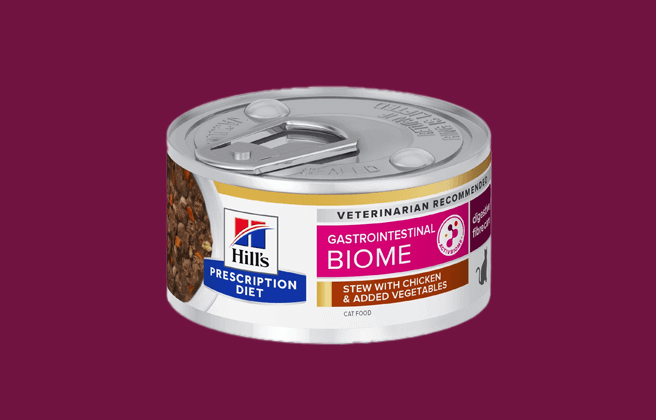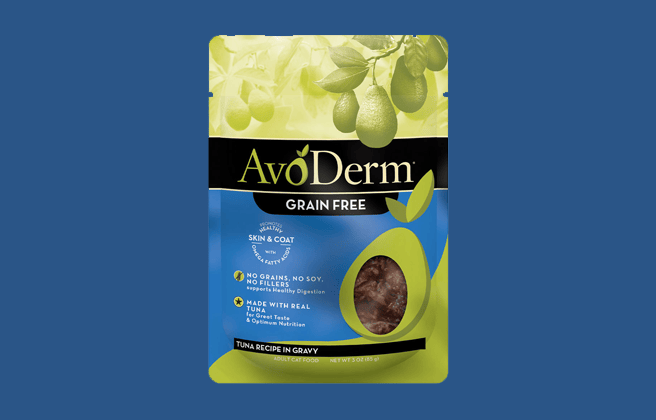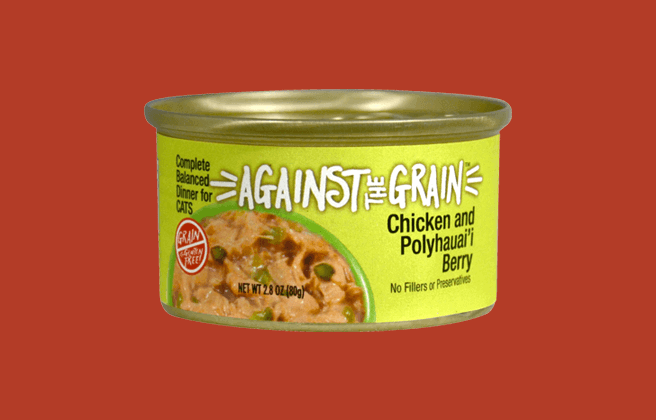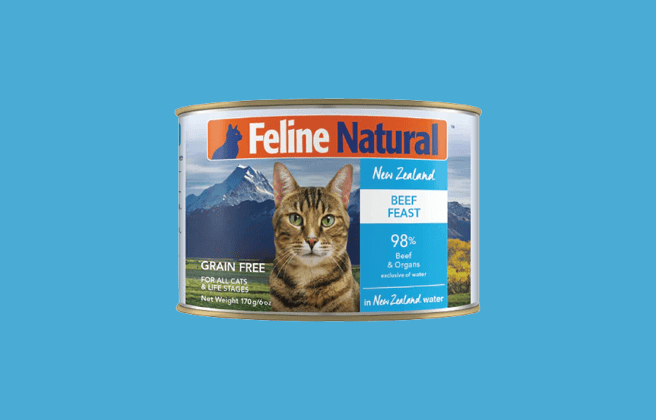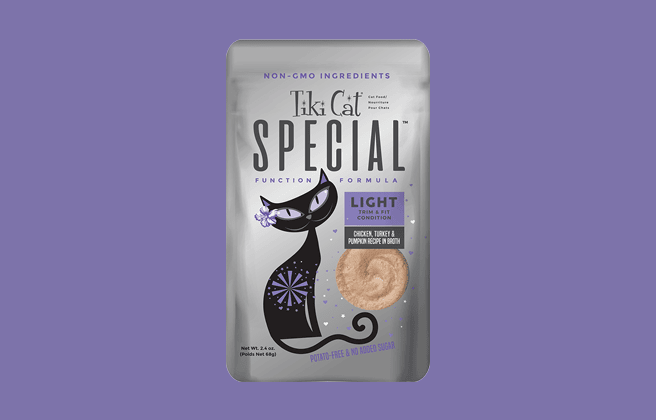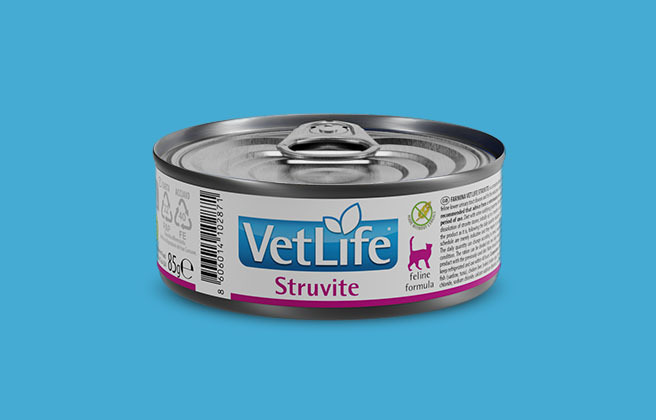
Our Verdict
Farmina VetLife canned product range is made of four recipes which all receive the Cat Food Advisor rating, 4 stars
This range of recipes have been created to help cats with specific ailments and contains good quality meat protein sources.
This food is scientifically formulated to give your cat the nutrition it needs to support its particular health requirements. They are formulated as dietetic foods, so are for particular dietary needs.
Pros
- Scientifically formulated
- Targets specific cat ailments
- High quality meat protein content
- Meat is listed as the first ingredient in every recipe
Cons
- Some recipes include plant based protein
- Expensive versus other wet cat foods
The table below shows each recipe in the range including our rating and the AAFCO nutrient profile: Growth (kitten), Maintenance (adult), All Life Stages, Supplemental or Unspecified.
| Product line | Rating | AAFCO |
|---|---|---|
| Farmina VetLife Gastrointestinal | 4 | S |
| Farmina VetLife Struvite | 4 | S |
| Farmina VetLife Renal | 4 | S |
| Farmina Hepatic wet food feline | 4 | S |
Save up to 35%
with Autoship
See discount in cart
Recipe and Label Analysis
Farmina VetLife Farmina VetLife Struvite recipe was selected to represent the other products in the line for a detailed recipe and nutrient analysis.
Label and nutrient data below are calculated using dry matter basis.
Farmina VetLife Farmina VetLife Struvite recipe
Estimated Dry Matter Nutrient Content
Protein
Fat
CarbsCarbohydrates
Chicken fillet, sweet potato, hydrolysed fish protein, fish (sardine, tuna), chicken liver, eggs liquid yolk, fish oil, chicken fat, quinoa seed extracted, potassium chloride, sodium chloride, calcium sulphate dihydrate, pea fibre, fructo-oligosaccharides, yeast extract (source of manno-oligo-saccharides), dried brewers’ yeast. protein sources: chicken fillet, hydrolysed fish protein, fish, chicken liver, eggs liquid yolk.
Fiber (estimated dry matter content) = 0.3%
Red denotes any controversial items
Ingredients Analysis
The first ingredient is chicken fillet. Chicken is considered “the clean combination of flesh and skin derived from the parts or whole carcasses of chicken”. 1
Chicken is naturally rich in the 11 essential amino acids required by a cat to sustain life.
The second ingredient is sweet potato. Sweet potatoes are a gluten-free source of complex carbohydrates in cat food. They are naturally rich in dietary fiber and beta carotene.
The third ingredient is hydrolysed fish protein. Hydrolyzed fish protein is considered a meat concentrate, as fish proteins contain almost 300% more protein than fresh fish itself. Being hydrolyzed means the fish has been chemically broken-down into its component amino acids. Hydrolyzed proteins are considered hypoallergenic as they are not identifiable by the body to trigger allergy reactions.
The fourth ingredient is fish (sardine and tuna). Tuna and sardine are oily marine fish not only high in protein but also omega 3 fatty acids, essential oils needed by every cat to sustain life.
These items are typically sourced from clean, undecomposed whole fish and fish cuttings of commercial fish operations.2
The fifth ingredient is chicken liver. This is an organ meat sourced from a named animal and thus considered a beneficial component.
The sixth ingredient is eggs liquid yolk. Eggs are highly digestible with an exceptionally high biological value. Egg yolk is an excellent source of usable protein, as well as a rich source of many vitamins, minerals and fatty acids.
The seventh ingredient is fish oil. Fish oil is naturally rich in the prized EPA and DHA type of omega-3 fatty acids. These two high quality fats boast the highest bio-availability to dogs and humans.
Depending on its level of freshness and purity, fish oil should be considered a commendable addition.
The eighth ingredient is chicken fat. Chicken fat is obtained from rendering chicken, a process similar to making soup in which the fat itself is skimmed from the surface of the liquid.
Chicken fat is high in linoleic acid, an omega-6 fatty acid essential for life. Although it doesn’t sound very appetizing, chicken fat is actually a quality ingredient.
From here the list goes on to include a number of other items. But to be realistic, ingredients located this far down the list (other than nutritional supplements) are not likely to affect the overall rating of the product.
This food also contains chelated minerals that have been chemically attached to protein. This makes them easier to absorb. Chelated minerals are usually found in better cat foods.
Recipe star rating 4
Save up to 35%
with Autoship
See discount in cart
Nutrient Analysis
Based on its ingredients alone, Farmina VetLife Struvite recipe looks like an above-average wet product.
The dashboard displays a dry matter protein reading of 40.8%, a fat level of 22.8% and an estimated carbohydrate level of 28.4%.
As a group, the brand features a near-average protein content of 34.3% and an above-average fat level of 27.2%. Together these figures suggest a carbohydrate content of 30.5% for the overall product line, alongside a fat to protein ratio of 71%.
This means this Farmina VetLife range contains near-average protein, near-average carbohydrate, higher than average fat, when compared to typical wet cat food.
Final Word
Farmina VetLife dry recipes are made with precise formulations to address specific medical issues and for this reason veterinary authorization is required to ensure your pet’s health is monitored whilst they are on the diet. Therefore, you will need a valid prescription before you can buy this food.
The Cat Food Advisor recommends this cat food.
Has Farmina cat food been recalled in the past?
No. To the best of our knowledge, Farmina cat foods has never had a product recall.
You can view a complete list of all cat food recalls since 2021 here.
To stay on top of any cat food product recalls, sign up for our free email alerts, here.
About
Francesco Russo founded the Russo Mangimi company in 1965 specializing in animal nutrition. In 1999, the company’s focus shifted to the pet food industry with a new perspective of developing foods based on scientific studies focused on the well-being of pets.
The Mangimi company started to collaborate with Farmina, an English company specializing in food research and formulation.
Mangima manufacturing facilities are based in Europe and Farmina foods are mostly sourced from Italy. Some ingredients are sourced from Europe and New Zealand.
Sources
Best cat foods
We uphold the highest editorial standards when creating the authoritative content pet parents rely on and trust.
Every piece of clinical content on the Cat Food Advisor is reviewed by our certified Veterinary Advisory Board, which consists of licensed veterinarians and medically certified specialists.
Our reviews are completely independent; we are not paid by any pet food company to promote their products favorably. We do not accept money, gifts, samples or other incentives in exchange for special consideration. For more information see our Disclaimer & Disclosure page.






